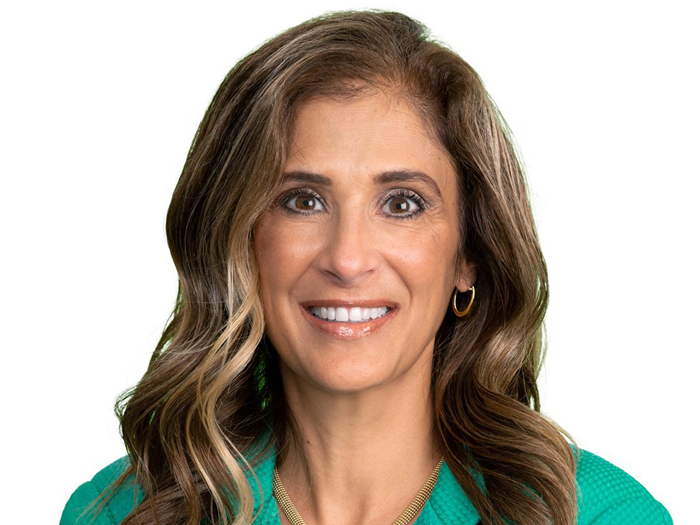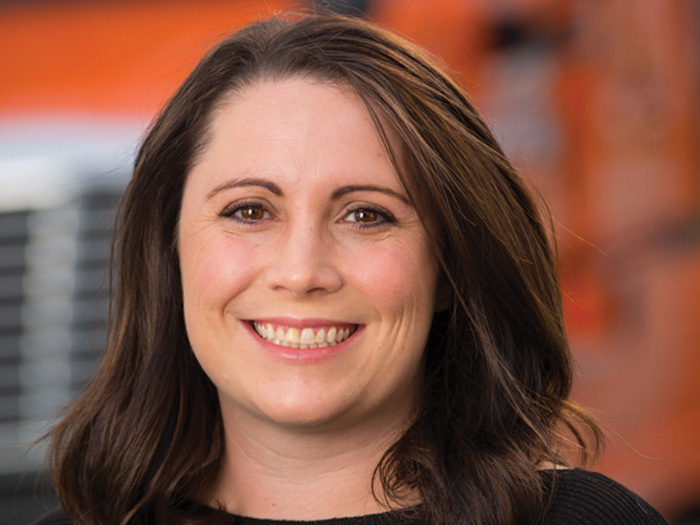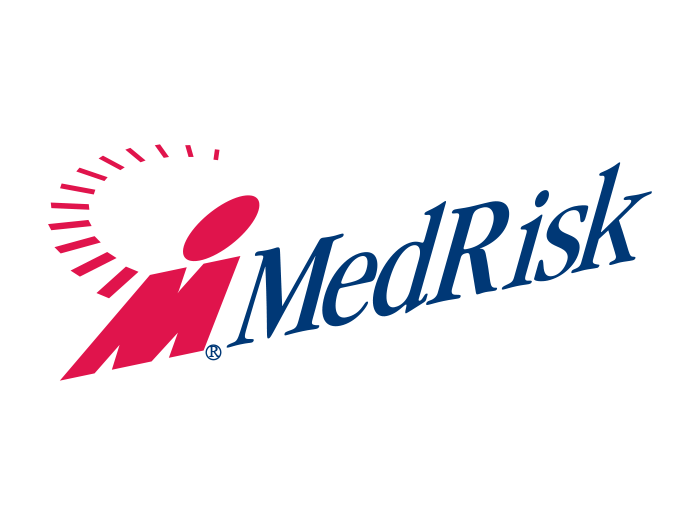Risk Insider: Brady Kelley
Congress: Let E&S Underwrite Unique Flood Risks
I strongly support revisions to the current federal definition of private flood insurance contained in the Flood Insurance Modernization and Market Parity Act of 2014 introduced in the 113th Congress. I believe it is necessary for Congress to amend the current definition to ensure that surplus lines insurers are eligible to offer private market solutions and alternatives to consumers with unique and complex flood risks.
The surplus lines market plays an important role in providing insurance for hard-to-place, unique or high capacity risks. Often called the “safety valve” of the insurance industry, surplus lines insurers fill a need for coverage in the marketplace by insuring risks that are declined by the standard underwriting and pricing processes of admitted insurance carriers.
Surplus lines insurance is used to cover risks that are difficult to place, where the standard market is unwilling or unable to provide the level of coverage needed, such as flood coverage in coastal areas.
The Biggert-Waters Flood Insurance Reform Act of 2012 sought to expand the ability of private insurers to offer flood insurance solutions as alternatives to the National Flood Insurance Program (NFIP). However, its definition of private flood insurance should be clarified to ensure that surplus lines insurers are part of the solution.
Any misinterpretation of the existing definition could unintentionally limit the surplus lines market’s historical effectiveness as a supplemental market for risks that exceed the capacity of the NFIP.
It is important to note that surplus lines insurers currently underwrite private insurance flood policies primarily in commercial lines and, to a very limited degree, in personal lines.
Well before the Biggert-Waters Act of 2012, surplus lines flood insurance policies were underwritten as a supplemental option for insureds seeking flood insurance coverages in excess of the capacity of the NFIP.
Often called the “safety valve” of the insurance industry, surplus lines insurers fill a need for coverage in the marketplace by insuring risks that are declined by the standard underwriting and pricing processes of admitted insurance carriers.
The Flood Insurance Modernization and Market Parity Act of 2014 intended to preserve the surplus lines market’s ability to provide the supplemental coverage it has historically provided and to provide insureds with coverage options for unique and complex risk that exceeds or differs from the options available through the NFIP or the standard market.
The purpose of the 2014 Act was to clarify that a surplus lines policy is an acceptable private flood insurance option. Its definition of private insurer includes any insurer that is licensed, admitted or otherwise “eligible” to engage in the business of insurance in the state or jurisdiction in which the insured property is located. Its use of the term “eligible” is important because of its consistency with the nationwide surplus lines insurer eligibility standards established by the Nonadmitted and Reinsurance Reform Act (NRRA) of 2010.
The Flood Insurance Modernization and Market Parity Act of 2014 continues to be the right solution. It preserves an effective supplemental market, provides options for insureds with unique and complex risks, and it provides mortgage lenders with more clarity regarding the acceptance of private flood insurance policies.
I therefore encourage Congress to enact legislation in 2015 to accomplish the goals of the 2014 Act.










